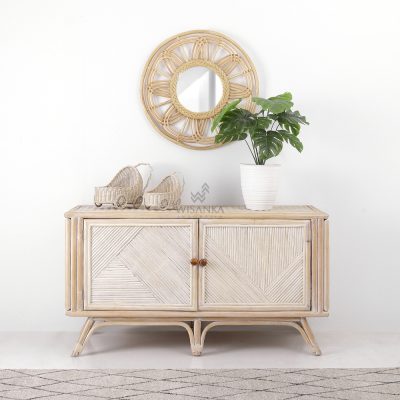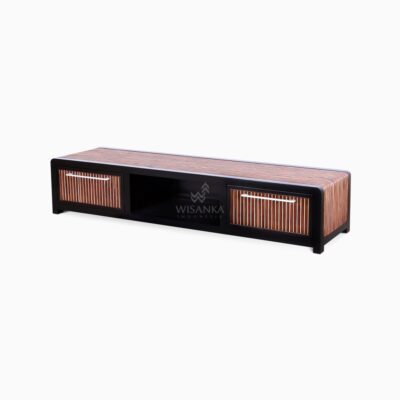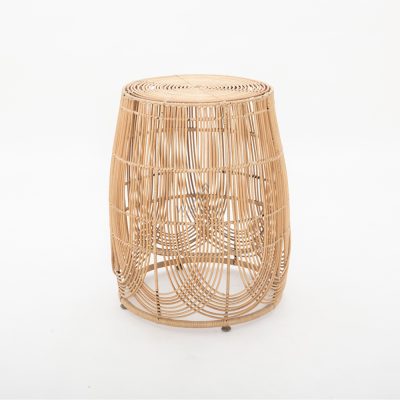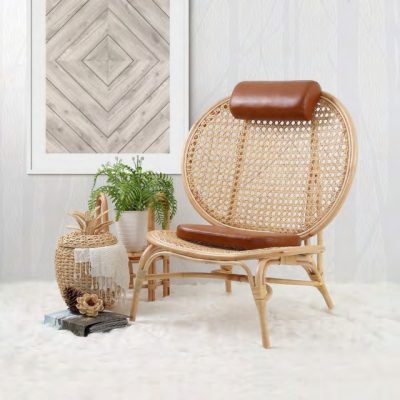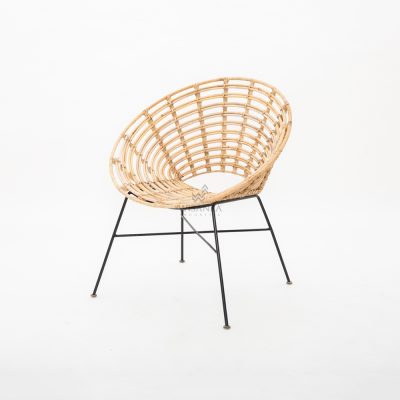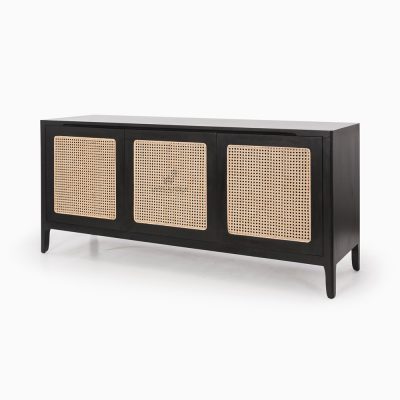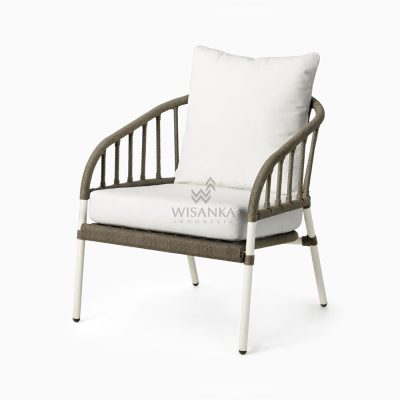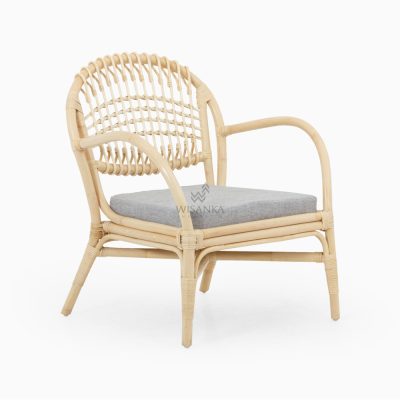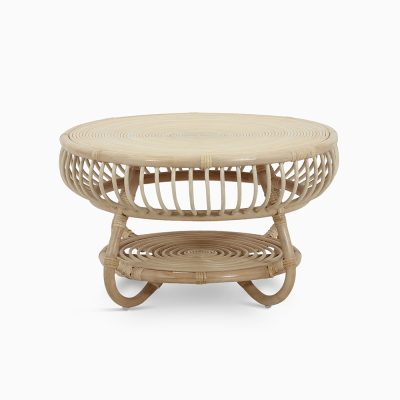Rattans is a versatile and durable material derived from a specific type of climbing palm found predominantly in tropical regions. It has become a staple in the furniture industry due to its strength, flexibility, and aesthetic appeal. This article delves into the various aspects of rattan, including its types, forms, sizes, leading producers, and its application in the furniture industry, concluding with some recommended rattan furniture pieces.
What is Rattan?
Rattan is a naturally growing vine-like species that belongs to the palm family (Arecaceae). Unlike bamboo, which is hollow inside, rattan has a solid core, making it a highly durable and flexible material. It thrives in tropical regions, particularly in Southeast Asia, where countries such as Indonesia, Malaysia, and the Philippines dominate global rattan production. Rattan is extensively harvested for various applications, primarily in the furniture industry.
Rattan Growth and Global Production
According to data from the Food and Agriculture Organization (FAO), Indonesia supplies nearly 80% of the world’s rattan, making it the largest exporter globally. The remaining 20% comes from countries like Malaysia, Thailand, and the Philippines. Rattan plants grow rapidly, reaching maturity within 5 to 7 years, which makes them a sustainable and renewable resource compared to traditional hardwoods that take decades to mature.
Characteristics of Rattan
- Durability: Rattan is known for its strength and resilience, capable of withstanding various environmental conditions.
- Flexibility: Unlike hardwood, rattan can be bent and woven into intricate designs, making it a preferred choice for furniture production.
- Lightweight: Despite its sturdiness, rattan furniture is relatively lightweight and easy to transport.
- Sustainability: Since rattan grows quickly and regenerates efficiently, it is considered an eco-friendly alternative to wood.
What is Rattan Furniture?
Rattan furniture refers to household and commercial furniture crafted from natural rattan materials. This type of furniture is highly sought after for both indoor and outdoor settings due to its aesthetic appeal, durability, and eco-friendliness. Rattan furniture can be categorized into natural rattan furniture and synthetic rattan furniture.
Natural vs. Synthetic Rattan Furniture
| Feature | Natural Rattan Furniture | Synthetic Rattan Furniture |
|---|---|---|
| Material | Harvested from rattan vines | Made from polyethylene (PE) or synthetic fibers |
| Durability | Susceptible to moisture and pests if untreated | Weather-resistant and UV-protected |
| Maintenance | Requires regular care and varnishing | Low-maintenance and easy to clean |
| Usage | Ideal for indoor use | Suitable for outdoor use |
Global Market and Demand for Rattan Furniture
The rattan furniture market has been experiencing substantial growth due to increasing consumer awareness of sustainable and eco-friendly furniture options. According to Grand View Research, the global rattan furniture market was valued at approximately USD 2.7 billion in 2022, with a projected CAGR (Compound Annual Growth Rate) of 5.8% from 2023 to 2030.
Additionally, the growing demand for boho-style furniture and natural materials in home decor has significantly contributed to the increasing popularity of rattan furniture. The United States and Europe remain the top importers of rattan furniture, with notable demand from the hospitality and interior design industries.
Advantages of Rattan Furniture
- Eco-Friendly: Rattan is a renewable material, making it a sustainable furniture option.
- Aesthetic Appeal: The natural texture and organic appearance of rattan furniture complement various interior styles, from modern to rustic.
- Versatility: Rattan furniture is suitable for multiple environments, including living rooms, patios, and even office spaces.
- Cost-Effective: Compared to solid wood furniture, rattan furniture is often more affordable while maintaining high durability.
Rattan and rattan furniture have established themselves as essential components in the sustainable furniture industry. With Indonesia leading the global rattan supply, this material continues to be a preferred choice for furniture manufacturers worldwide.
The rising awareness of environmental sustainability and the demand for natural aesthetic designs have further propelled the growth of rattan furniture in both residential and commercial markets. Investing in rattan furniture is not only a stylish choice but also a step towards supporting eco-friendly living.
Rattan Furniture for Sale
-
 Conca Sideboard – Natural Rattan Sideboard
Conca Sideboard – Natural Rattan Sideboard -
 Twisto Low TV Cabinet – Rattan Cupboard TV Stand
Twisto Low TV Cabinet – Rattan Cupboard TV Stand -
 Sommer Set High Side Table – Rattan Cane Side Table
Sommer Set High Side Table – Rattan Cane Side Table -
 Victor Chair – Rattan Occasional Chair
Victor Chair – Rattan Occasional Chair -
 Bonaventura Dining Chair – Cane Dining Chair
Bonaventura Dining Chair – Cane Dining Chair -
 Sagara Sideboard – Rattan Sideboard Cabinets
Sagara Sideboard – Rattan Sideboard Cabinets -
 Carina Chair – Rattan Outdoor Chair
Carina Chair – Rattan Outdoor Chair -
 Dawai Arm Chair with Cushion – Rattan ArmChair
Dawai Arm Chair with Cushion – Rattan ArmChair -
 Bondia Coffee Table – Rattan Round Coffee Table
Bondia Coffee Table – Rattan Round Coffee Table

